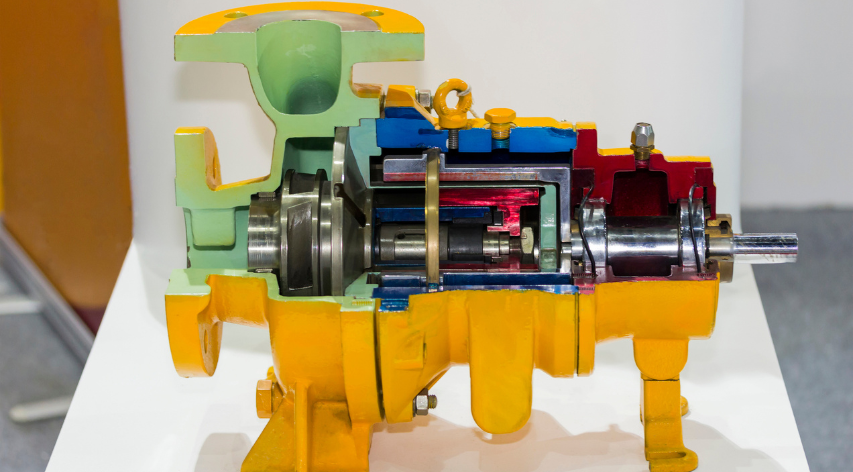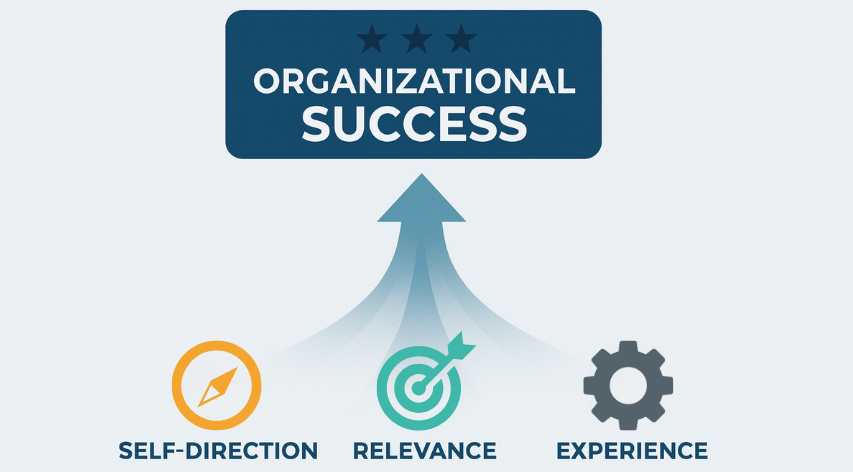How Refiners Can Build Resilience in Low-Margin Times

Refining and petrochemicals are caught in one of the toughest environments I’ve seen in decades. Margins are thin, assets are aging, and pressure from the energy transition keeps mounting. Many operators feel stuck in a cycle of short-term survival, focused heavily on cash flow while delaying maintenance and postponing investment decisions.
These themes were front and center at the 2025 Asian Refining Technology Conference (ARTC), where industry leaders came together to discuss strategies for navigating today’s pressures while preparing for the future. Building on the many interesting conversations I had during the conference, I want to highlight (and respond to) some of the critical questions I’ve heard refiners asking as they look to protect margins and plan for resilience.
How can refiners stabilize cash flow in a volatile market?
The single biggest challenge in refining today is maintaining steady cash flow. Volatility in crude prices, unplanned outages, pressure to fund decarbonization initiatives, and swings in product demand and crack spreads all make it difficult to balance day-to-day operations with long-term goals.
Stabilizing cash flow requires a shift in mindset from defensive cost-cutting to proactive margin optimization. Deferring maintenance may seem like a short-term fix, but it often leads to catastrophic unplanned outages that erase months of margin. Instead, operators can strengthen both reliability and profitability by:
- Applying site-wide optimization to capture value across the entire system instead of chasing unit-level gains
- Leveraging digital tools that improve decision-making on crude flexibility, corrosion risks, and blending options, helping operators act with confidence even in volatile markets
- Pursuing quick wins such as tightening blending models or optimizing intermediate stream routing, which can deliver measurable cash in months
- Investing in reliability programs that prevent costly outages rather than deferring maintenance until problems escalate
Even modest uplifts – such as $0.10 to $0.75 per barrel – can translate into millions of dollars in annual margin. Taken together, these approaches create immediate breathing room while also laying the foundation for longer-term stability.
How does siloed thinking hurt profitability? What changes when decisions are made site-wide?
Refineries are complex systems, yet many are managed in isolation. Operations, planning, reliability, and maintenance teams often pursue competing goals. A decision that looks good for one department may reduce profitability for the entire site. Take column cut points as an example: adjusted in isolation, they may appear to improve yields for a single unit, but they can also increase hydrogen consumption or disrupt blending specifications downstream. Local gains can easily become global losses.
Adopting a site-wide lens changes the outcome by making profitability visible in ways that siloed thinking can’t. Every decision is evaluated not only for its local impact, but also for its contribution to enterprise-wide reliability and value creation. In one engagement I’m familiar with, this broader approach uncovered $50 million per year in quick-win opportunities without the need for new capital projects.
Key benefits include better collaboration (since cross-functional reviews help align teams around common objectives), smarter trade-offs (as local adjustments are weighed against site-wide consequences), and lasting improvements (when decision rights and processes evolve to reinforce margin gains).
In what ways does technology improve refinery decisions?
Digital tools are reshaping operations, but their value depends on how they’re applied. On their own, they generate data. When combined with engineering expertise and a site-wide perspective, they enable faster and safer decisions.
For example:
- Corrosion modeling that predicts the impact of crude blends and unit conditions
- Stream compatibility tools that highlight fouling or stability risks before blending decisions are made
- Structured engineering standards that transform static documents into searchable, dynamic data, while ensuring alignment with ASME, API, and ASTM codes
When integrated with AI and machine learning, these types of solutions shift operators from reactive maintenance toward predictive reliability.
Can small operational wins ever deliver more value than capital projects?
Large-scale projects like hydrocrackers play an important role, but they require major investment and years of construction. Quick wins, on the other hand, can be captured and yield millions within months.
I’m personally aware of many operators who have captured significant value through practical, targeted changes. One refinery tightened its blending models to cut octane giveaway, delivering $8 million in annual savings. Another optimized intermediate stream routing by shifting heavy naphtha into the distillate pool, which reduced flash point giveaway while capturing additional gasoline-to-distillate margin.
A different refinery saw results from safely processing discounted crudes, leading to $7.2 million in annual savings with payback in less than a quarter. Even relatively small adjustments like fine-tuning column cut points can improve yields and product quality if they’re evaluated in a site-wide context.
Quick wins don’t replace large projects, but they provide the cash and confidence needed to pursue them.
What practical steps can help refiners prepare for the energy transition?
The energy transition requires operators to sustain today’s fossil-fuel supply while progressively integrating renewable and low-carbon alternatives. Practical next steps include:
- Benchmarking emissions
- Testing renewable co-processing strategies
- Adopting hydrogen in both utilities and processing units
- Monetizing decarbonization through credits and incentives
- Addressing utility transitions (such as shifting from fired fuel sources to lower-carbon options)
- Tackling infrastructure and logistics challenges around feedstock, tankage, and product handling
- Developing staff capabilities for mixed-feed environments
The critical point is integration. Each adjustment – from renewable naphtha in the gasoline pool to biofeeds in hydrotreaters – ripples across the refinery. Preparing well means managing those interdependencies proactively, so decarbonization efforts strengthen rather than destabilize profitability.
What does resilience look like for the refinery of the future?
Resilience means running an operation that can withstand volatility without losing competitiveness. It comes from reliable assets, integrated decision-making, flexible feedstock strategies, and a clear roadmap for adapting to the energy transition.
In practice, resilience blends quick wins that generate near-term cash flow with long-term strategies aligned to evolving energy markets.
The refining industry’s future belongs to those willing to move beyond defending margins quarter by quarter and begin designing resilience into their operations. The essential question is: where in your refinery is hidden value waiting to be realized?
At Becht, we work alongside operators worldwide to address these challenges. Our goal is to help organizations strengthen cash flow today while preparing for the shifts ahead. Contact us to explore how we can support your path forward.
Like what you just read? Join our email list for more expert insights and industry updates.

John Koo presented on “Maximizing Profitability of Refining & Petrochemical Assets in a Low-Margin Environment” at the 2025 Asian Refining Technology Conference (ARTC) in Singapore.






